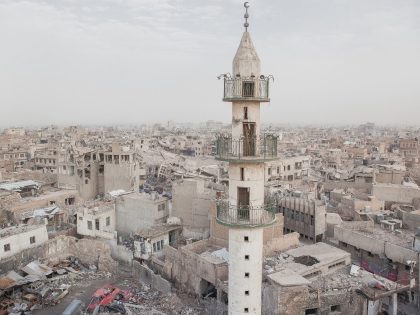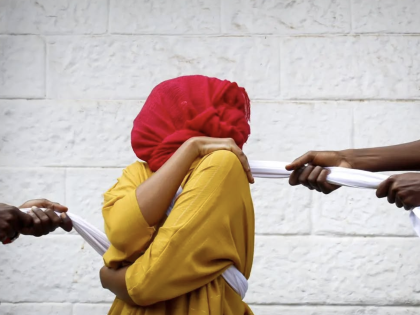What’s the word? Sister/woman have you heard from Manenberg?

Rock Girls in Manenberg
To honor the June 16, 1976 Soweto Uprising, aka Youth Day, the Rock Girls are on a five-day road trip, from Manenberg to Port Elizabeth. These girls embody all that is powerful and hopeful about Youth Day. They live the injunction of organizer Mary Harris “Mother” Jones, “Pray for the dead and fight like hell for the living!”
Based in Manenberg, Rock Girls was begun in 2010 by human rights lawyer and activist Michelle India Baird, who has worked for decades for women’s and children’s rights in the United States and in South Africa.
In 2010, Baird was volunteering at the Red River School in Manenberg, on the Cape Flats. Established in the mid 1960s as a Colored `enclave’, Manenberg has increasingly become identified with gang violence, which means among other things with intensifying gender-based violence. It’s a hard place for adolescent women to negotiate gender and personhood … but they do, every day, and that’s where Rock Girls comes in, making change in Manenberg.
In 2010, Baird saw, in her words, that “girls were not participating in the after-school running programme because they did not feel safe on the sports field. [We] began documenting the conditions around and at school, and created a plan to make their environment safer, starting with a safe place to sit at school when the older boys and gangsters harassed them.” So, Grade 6 girls designed a bench, painted murals, planted a garden, and organized like hell to make their school a safer place. They put the bench near the tuck shop on the school grounds, and declared the space a Safe Space. There are now eight benches around Cape Town, with another five pending.
The girls started meeting regularly, and organizing, at the Manenberg People’s Centre Library. Last year, when they heard about the abduction of hundreds of schoolgirls from Chibok, Nigeria, they said, “Let’s go find them.” That began a conversation about pan-African women’s and girls’ rights and situations, especially as regards everyday safety for women and girls. Meanwhile, the meetings became more difficult, due to increased gunfire nearby.
Undeterred, the girls decided to hit the road, to see South Africa, to meet girls in communities like their own, and to organize like hell. This week, it’s a five-day trip. The girls have studied reporting with the Children’s Radio Foundation and photography with Iliso Labantu photographers. According to Baird, this is a test drive. The next trip, they hope to drive north … to Rwanda. Stay tuned.



















